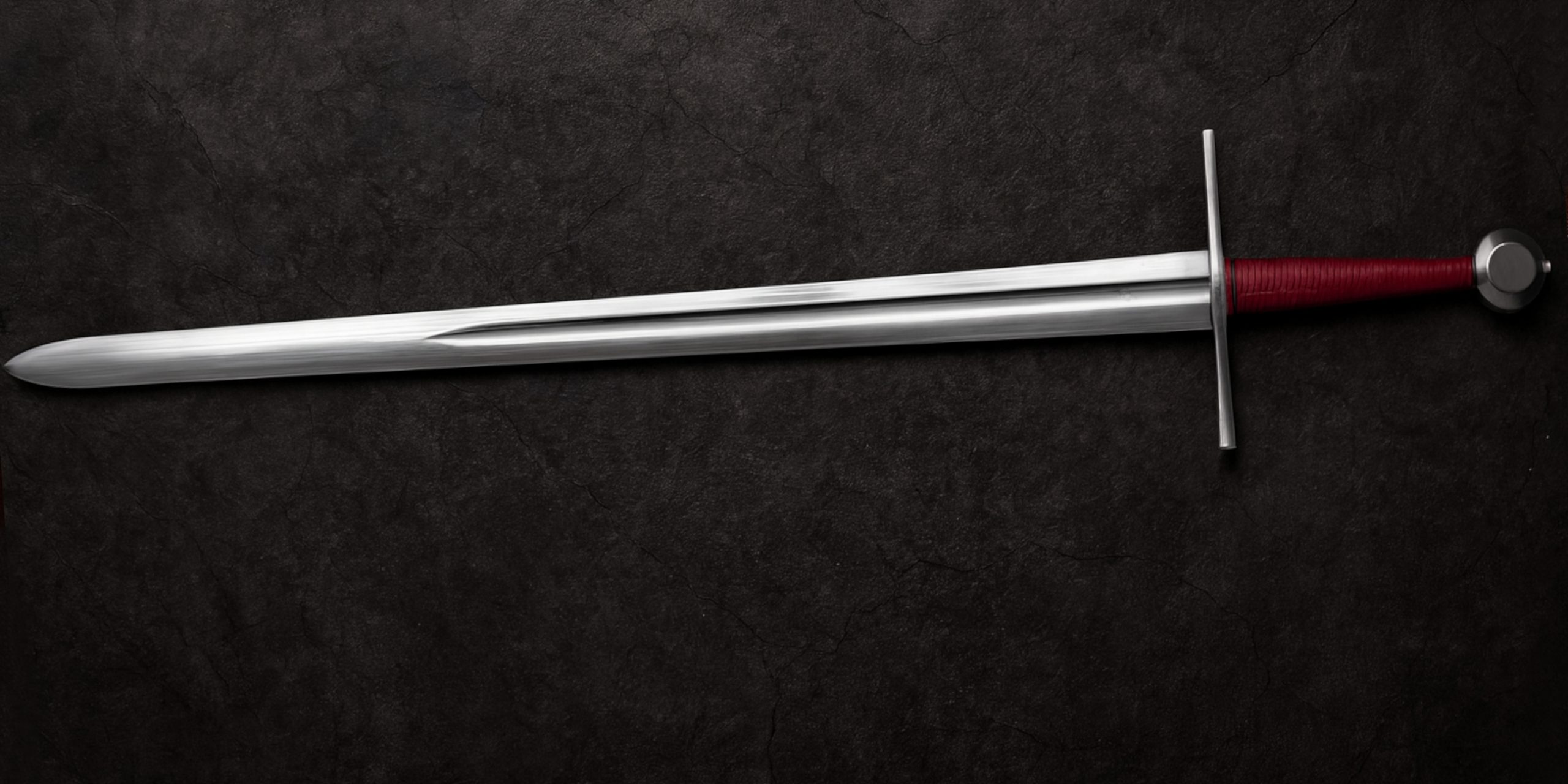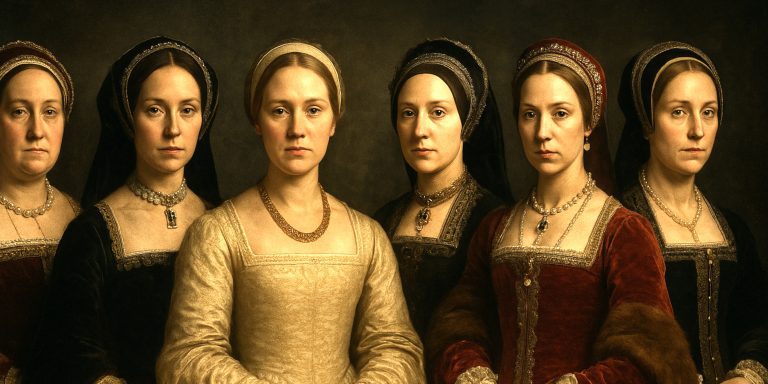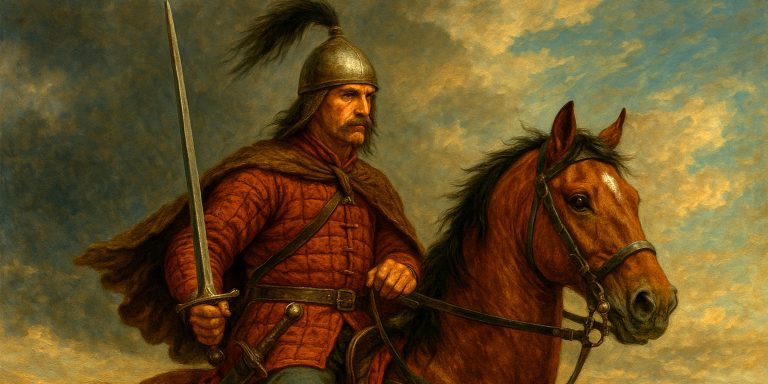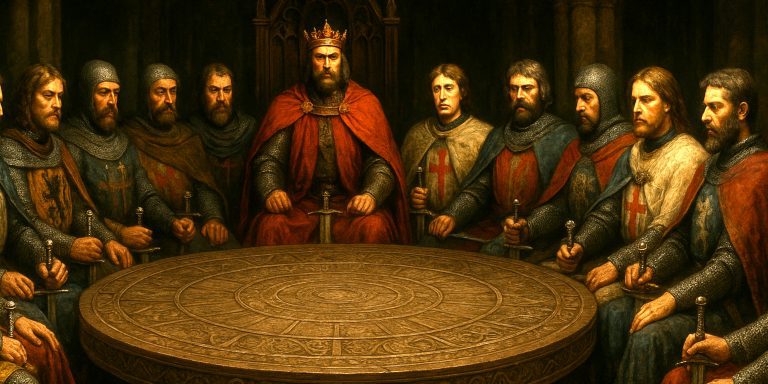
The Oakeshott Type XIII is a defining example of the high medieval knightly sword, emerging in the late 12th century and flourishing through the 13th century. It represents a shift from the cutting-dominated blades of the Norman period towards longer, more versatile swords capable of both slashing and thrusting. Often associated with the age of crusaders and chivalric warfare, the Type XIII embodied the ideals of knightly combat in an era of mail armour and rapid military evolution.
Specifications
| Aspect | Detail |
|---|---|
| Period of Use | Circa 1200–1350 AD |
| Overall Length | Typically 95–110 cm |
| Blade Length | 75–90 cm |
| Blade Type | Broad, parallel edges with rounded point |
| Cross-Section | Lenticular |
| Fuller | Broad, running two-thirds to three-quarters of blade length |
| Grip Length | Around 10–13 cm (Type XIII) or longer for XIIIa (hand-and-a-half variant) |
| Pommel Types | Commonly Brazil-nut or early wheel pommels (Types D, E, I) |
| Typical Weight | 1.2–1.6 kg |
| Primary Function | Powerful cutting; secondary thrusting capability |
| Oakeshott Subtype | XIIIa (longer, ‘great sword’ form, precursor to longsword) |
History and Evolution
- Origins:
The Type XIII evolved from the earlier Type XII, which already combined cutting power with an emerging interest in thrusting. The XIII refined this by widening the blade and extending the length for more reach and authority in combat. - Development:
During the 13th century, Europe saw increased professionalisation of knightly warfare. The sword evolved in response to the widespread use of mail and layered textile armour. The Type XIII’s weight distribution favoured sweeping cuts against unarmoured or lightly armoured opponents, making it ideal for mounted combat. - Transition to Type XIIIa:
By the late 13th century, the Type XIIIa appeared. Often described as an early hand-and-a-half or ‘great sword’, it foreshadowed the true longswords of the 14th and 15th centuries. These larger variants provided increased leverage and versatility. - Archaeological Finds:
Examples have been recovered from across Europe, including England, France, Scandinavia, and Central Europe. Many are in remarkable condition, showing consistent features in blade geometry and fuller placement.
Advantages and Disadvantages
| Advantages | Disadvantages |
|---|---|
| Excellent cutting power due to wide blade and lenticular section | Less effective against late-medieval plate armour |
| Balanced design allows for control on horseback | Rounded point limits deep penetration in thrusting |
| Ideal for broad, sweeping strikes | Can feel unwieldy for close thrusting combat |
| Elegant appearance and craftsmanship | Less specialised than later longswords or estocs |
Comparison with Similar Weapons
| Weapon Type | Period | Key Difference | Combat Role |
|---|---|---|---|
| Type XII | Late 12th–13th c. | Narrower blade, better thrusting point | Transitional knightly sword |
| Type XIV | Early 14th c. | Shorter, broader blade; improved hand protection | Infantry-oriented cutting sword |
| Type XV | Mid–late 14th c. | Tapered point, stiff diamond cross-section | Optimised for thrusting through plate |
| Type XIIIa | Late 13th–14th c. | Longer grip and blade for two-handed use | Precursor to the longsword |
| Falchion | 13th–15th c. | Single-edged, heavier cleaving design | Infantry slashing weapon |
Legacy
- The Type XIII marks a key transitional phase in European sword development.
- It bridged the gap between early medieval single-handed blades and the emerging longsword culture.
- Often featured in depictions of crusaders, it became symbolic of knightly virtue and the high medieval aesthetic.
- Its design influenced both practical and ceremonial weapons well into the 14th century.
- Modern reproductions by historical swordsmiths and reenactment groups frequently draw on Type XIII dimensions for authenticity.
Where to See Type XIII Swords
| Museum / Collection | Location | Notable Example |
|---|---|---|
| Royal Armouries | Leeds, UK | Crusader-era sword with Type D pommel |
| The Wallace Collection | London, UK | Transitional Type XII–XIII blade |
| Musée de l’Armée | Paris, France | French knightly sword circa 1250 |
| Deutsches Historisches Museum | Berlin, Germany | Early XIIIa variant |
| National Museum of Denmark | Copenhagen | Scandinavian find with long fuller |
| Museum of Medieval Stockholm | Stockholm, Sweden | High medieval war sword, late 13th c. |
Collector’s Guide
Desirability Factors:
- Authenticity of provenance
- Fuller length and blade condition
- Pommel and crossguard style
- Historical context (crusader, noble lineage, battlefield find)
Modern Reproductions:
- Recreated by master smiths like Peter Johnsson, Albion, and Arms & Armor
- Average retail value: £800–£2,000 for high-end replicas
Antique and Auction Values:
| Condition | Estimated Auction Range | Notes |
|---|---|---|
| Intact museum-grade | £25,000–£60,000 | Rarely available; often donated or state-owned |
| Private collection, good condition | £10,000–£25,000 | Provenance critical to price |
| Partial or corroded blade | £2,000–£8,000 | Archaeological value only |
| Modern high-quality reproduction | £800–£2,000 | Collectors and reenactors |
Authentication Tips:
- Look for shallow fullers consistent with Type XIII geometry.
- Examine grip and tang length; short grips indicate single-handed form.
- Verify metallurgical consistency with 13th-century carbon steel composition.
- Ensure provenance via reputable dealers or verified documentation.
The Seven Swords Takeaway
The Oakeshott Type XIII is one of the most historically significant European sword types, embodying the martial ideals of the High Middle Ages. Its wide cutting blade, elegant balance, and connection to crusader warfare make it a favourite among historians and collectors alike. Although outclassed by later armour-piercing designs, the Type XIII remains a vital evolutionary step in the history of European arms, representing both craftsmanship and the enduring romance of the knightly age.



